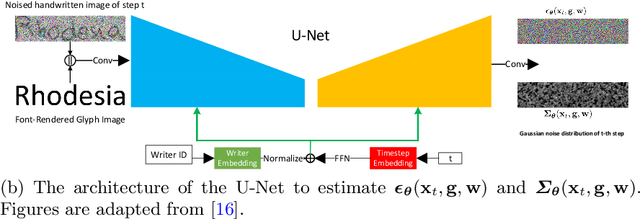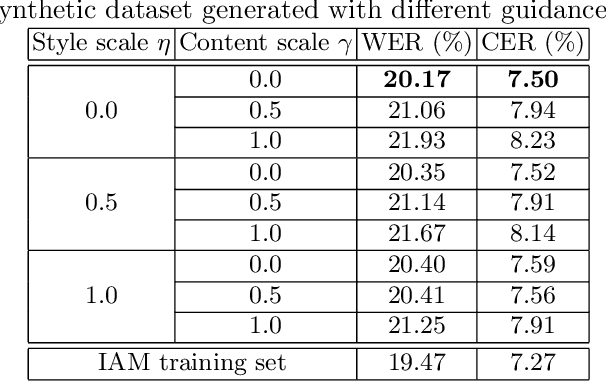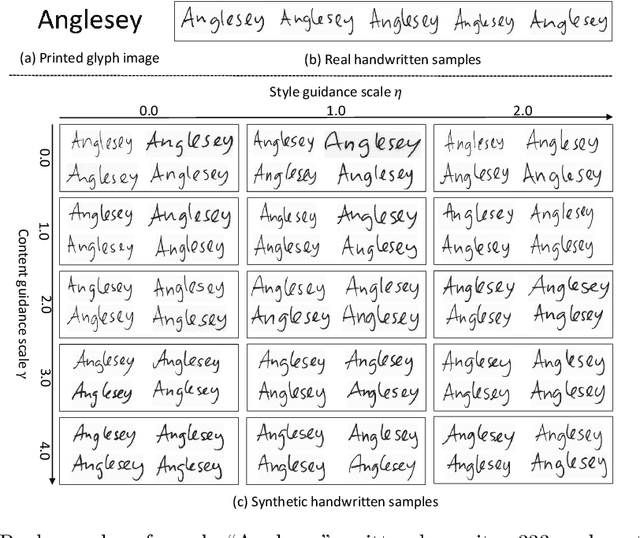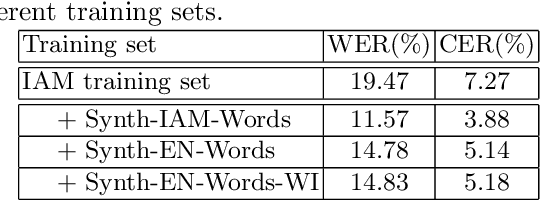Dongnan Gui
MPO: An Efficient Post-Processing Framework for Mixing Diverse Preference Alignment
Feb 25, 2025Abstract:Reinforcement Learning from Human Feedback (RLHF) has shown promise in aligning large language models (LLMs). Yet its reliance on a singular reward model often overlooks the diversity of human preferences. Recent approaches address this limitation by leveraging multi-dimensional feedback to fine-tune corresponding reward models and train LLMs using reinforcement learning. However, the process is costly and unstable, especially given the competing and heterogeneous nature of human preferences. In this paper, we propose Mixing Preference Optimization (MPO), a post-processing framework for aggregating single-objective policies as an alternative to both multi-objective RLHF (MORLHF) and MaxMin-RLHF. MPO avoids alignment from scratch. Instead, it log-linearly combines existing policies into a unified one with the weight of each policy computed via a batch stochastic mirror descent. Empirical results demonstrate that MPO achieves balanced performance across diverse preferences, outperforming or matching existing models with significantly reduced computational costs.
Improving Handwritten OCR with Training Samples Generated by Glyph Conditional Denoising Diffusion Probabilistic Model
May 31, 2023



Abstract:Constructing a highly accurate handwritten OCR system requires large amounts of representative training data, which is both time-consuming and expensive to collect. To mitigate the issue, we propose a denoising diffusion probabilistic model (DDPM) to generate training samples. This model conditions on a printed glyph image and creates mappings between printed characters and handwritten images, thus enabling the generation of photo-realistic handwritten samples with diverse styles and unseen text contents. However, the text contents in synthetic images are not always consistent with the glyph conditional images, leading to unreliable labels of synthetic samples. To address this issue, we further propose a progressive data filtering strategy to add those samples with a high confidence of correctness to the training set. Experimental results on IAM benchmark task show that OCR model trained with augmented DDPM-synthesized training samples can achieve about 45% relative word error rate reduction compared with the one trained on real data only.
GlyphControl: Glyph Conditional Control for Visual Text Generation
May 29, 2023



Abstract:Recently, there has been a growing interest in developing diffusion-based text-to-image generative models capable of generating coherent and well-formed visual text. In this paper, we propose a novel and efficient approach called GlyphControl to address this task. Unlike existing methods that rely on character-aware text encoders like ByT5 and require retraining of text-to-image models, our approach leverages additional glyph conditional information to enhance the performance of the off-the-shelf Stable-Diffusion model in generating accurate visual text. By incorporating glyph instructions, users can customize the content, location, and size of the generated text according to their specific requirements. To facilitate further research in visual text generation, we construct a training benchmark dataset called LAION-Glyph. We evaluate the effectiveness of our approach by measuring OCR-based metrics and CLIP scores of the generated visual text. Our empirical evaluations demonstrate that GlyphControl outperforms the recent DeepFloyd IF approach in terms of OCR accuracy and CLIP scores, highlighting the efficacy of our method.
Zero-shot Generation of Training Data with Denoising Diffusion Probabilistic Model for Handwritten Chinese Character Recognition
May 25, 2023



Abstract:There are more than 80,000 character categories in Chinese while most of them are rarely used. To build a high performance handwritten Chinese character recognition (HCCR) system supporting the full character set with a traditional approach, many training samples need be collected for each character category, which is both time-consuming and expensive. In this paper, we propose a novel approach to transforming Chinese character glyph images generated from font libraries to handwritten ones with a denoising diffusion probabilistic model (DDPM). Training from handwritten samples of a small character set, the DDPM is capable of mapping printed strokes to handwritten ones, which makes it possible to generate photo-realistic and diverse style handwritten samples of unseen character categories. Combining DDPM-synthesized samples of unseen categories with real samples of other categories, we can build an HCCR system to support the full character set. Experimental results on CASIA-HWDB dataset with 3,755 character categories show that the HCCR systems trained with synthetic samples perform similarly with the one trained with real samples in terms of recognition accuracy. The proposed method has the potential to address HCCR with a larger vocabulary.
 Add to Chrome
Add to Chrome Add to Firefox
Add to Firefox Add to Edge
Add to Edge